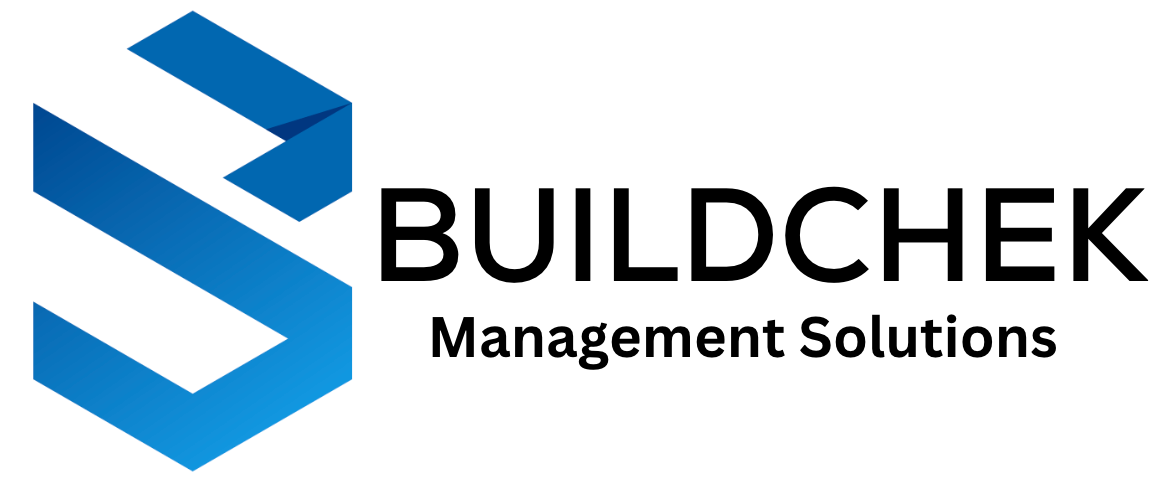Regulatory Challenges in Construction Permits and How to Navigate Them

Navigating the complex terrain of construction permits can be a daunting task for professionals across the construction and real estate sectors. From home inspectors to real estate agents and insurance agents, understanding the intricacies of regulatory requirements is essential for the smooth execution of any construction project. This comprehensive guide delves into the common regulatory challenges encountered in obtaining construction permits
and offers practical strategies to overcome these hurdles, ensuring a more streamlined and efficient permitting process.
Understanding Construction Permits
Before diving into the regulatory challenges, it's crucial to have a clear understanding of what construction permits are and why they are necessary. Construction permits are official approvals issued by local government agencies that allow individuals or companies to proceed with a construction project. These permits are required to ensure that the project complies with local zoning laws, building codes, and safety standards. The primary types of permits include building permits, roofing permits, and exterior permits, each serving a specific regulatory purpose.
1. Navigating Zoning Laws
Zoning laws can significantly impact the permitting process, as they dictate the types of constructions that can be built in certain areas. Challenges arise when a project does not conform to the existing zoning regulations, requiring professionals to seek variances or rezoning.
Strategies to Overcome Zoning Challenges:
Pre-application meetings:
Engage with local zoning officials early in the process to understand the specific requirements and potential issues.
Hiring experts:
Utilize the services of zoning lawyers or consultants who can navigate the legal complexities and advocate on your behalf.
Community engagement: Proactively address community concerns and involve them in the planning process to mitigate opposition and expedite approvals.
2. Complying with Building Codes
Building codes are updated frequently to reflect new safety, energy efficiency, and accessibility standards. Keeping up with these changes and ensuring compliance can be a major regulatory hurdle.
Strategies to Ensure Compliance:
Continual education:
Regular training sessions for your team on the latest building codes can prevent non-compliance and project delays.
Collaboration with architects and engineers: Work closely with design professionals who are up-to-date with current codes to ensure that project plans are compliant from the outset.
Utilize technology:
Implement building permit management software, like Buildchek, which provides updated information and streamlines the compliance process.
3. Dealing with Environmental Regulations
Environmental protection laws add another layer of complexity to the permitting process. Projects often require additional permits from environmental agencies, and failure to comply can lead to significant fines and project delays.
Strategies to Manage Environmental Regulations:
Environmental assessments:
Conduct thorough environmental impact assessments to identify potential issues early in the planning process.
Hire environmental consultants:
Engage experts who specialize in environmental law to navigate the permitting process and ensure compliance with regulations.
Sustainable practices:
Adopt environmentally friendly construction practices that not only comply with regulations but also appeal to eco-conscious stakeholders.
4. The Impact of Public Input
Public hearings and the community input process can influence the granting of construction permits. Managing public perceptions and opposition can be challenging, particularly for large or controversial projects.
Strategies to Handle Public Input:
Community meetings: Hold informational sessions to educate the public about the benefits of the project and address their concerns.
Transparency: Maintain a transparent process by sharing updates and changes to the project plans with the community.
Benefit highlighting:
Emphasize how the project benefits the local community, such as job creation or improved infrastructure.
5. Technology Integration in Permitting
While technology offers solutions, integrating it into existing systems poses its own set of challenges. However, the advantages of digital permitting systems are undeniable.
Strategies for Technology Integration:
Adopt digital solutions: Leverage online permitting software like Buildchek, which simplifies access to building permits by zip code, state, and metro area.
Training:
Provide comprehensive training for staff on how to use new technological tools effectively.
Feedback loop:
Create a feedback mechanism to continuously improve the technology based on user experience.
Conclusion
Navigating the regulatory landscape of construction permits requires a proactive approach, a deep understanding of the legal framework, and effective use of technology. By embracing the strategies outlined above, professionals can mitigate the challenges associated with construction permits and pave the way for successful project completions. As the industry continues to evolve, staying informed and adaptable to regulatory changes will remain key to navigating this complex field effectively.

